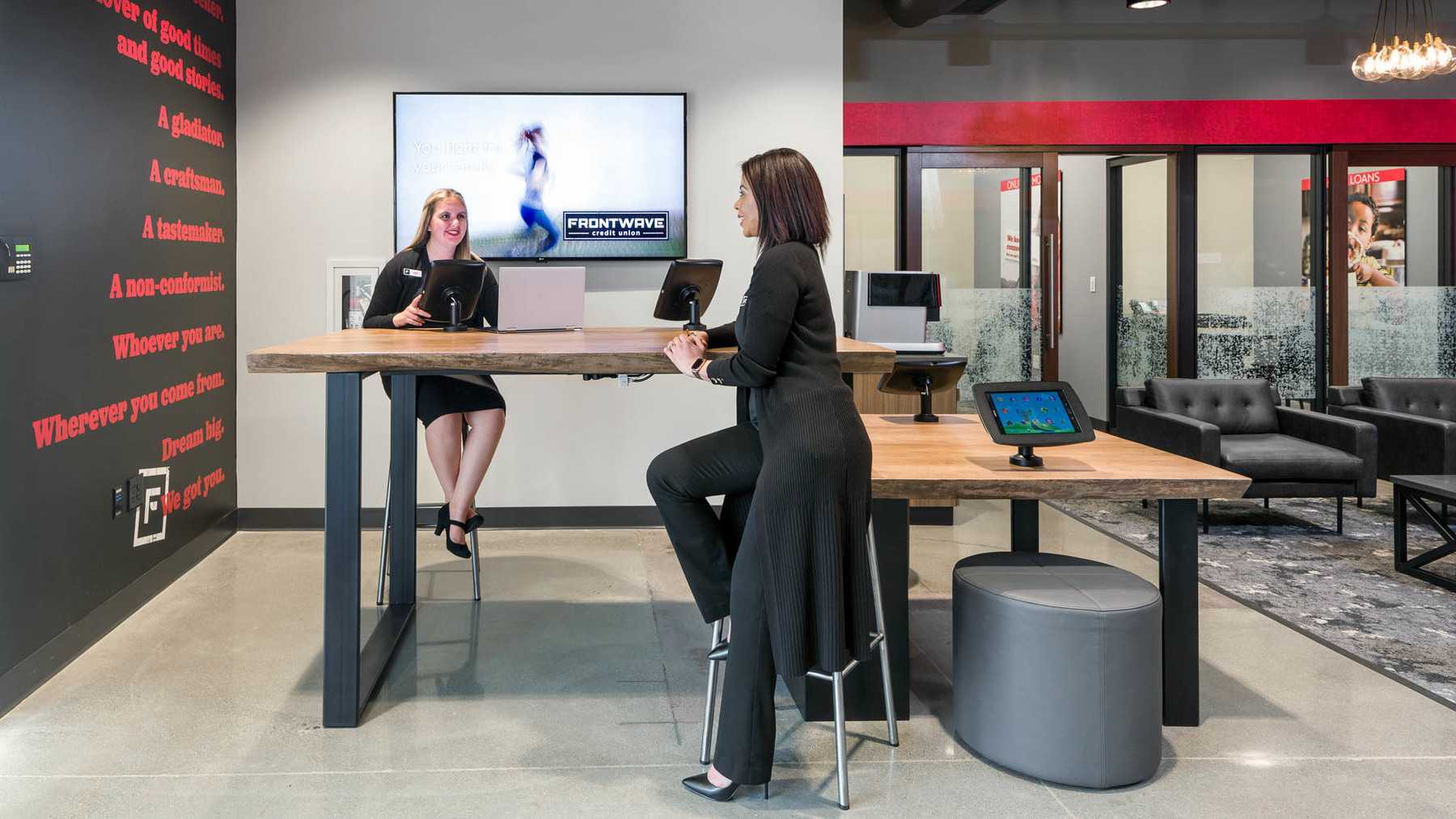In this industry, hardly an hour goes by without the mention of “digital transformation.” Yet this phrase is not clearly defined. What is it, how can credit unions achieve it, and how much of an advantage does it really give to the big banks?
We recently joined Whitney Loe, a digital banking expert with Ignite Sales, for a conversation on digital banking. Her answers to these questions gave surprising insight into how digital transformation can be an opportunity for credit unions of all sizes.
"Even a small to mid-size credit union can be as effective in this digital world as a large credit union,” said Whitney.
The key to succeeding in the digital age comes from a clear definition of “digital transformation” that frames the conversation around how digital services fit into the overall member experience.
Yet Whitney said that the phrase has become diluted, there are so many interpretations that the idea has lost its meaning. This leads many organizations to have a myopic focus on apps and digital experiences that drift away from the brand and member experiences that differentiate them from the competition. Instead of focusing on the end game of what a member wants out of their credit union, the problem, conversations often lead with technological solutions.
Even a small to mid-size credit union can be as effective in this digital world as a large credit union.
Her definition is short and to the point, allowing for a more holistic focus.
“I would say in three words that digital transformation is ‘a necessary disruption,’” said Whitney. “It’s something that we have to do, it’s imperative to our industry if we want to remain relevant.”
Credit unions are fighting to remain relevant as their numbers continue to decline. The big banks are investing hundreds of millions of dollars in new technology, yet an overwhelming majority of consumers prefer local financial institutions for better customer services and more personalized experiences. If credit unions are able stay relevant digitally while maintaining their overall brand and member experience, digital disruption can be an opportunity. They don’t need to go all-in on digital transformation, but rather find a way to transform that meets their members’ needs.
“At the heart of it, the same questions persist and we’re still seeing these questions now,” said Whitney. “How do we serve our members in ways that they’d prefer, whether that’s in a physical or digital environment, and how do we do that in a way that’s a memorable experience? If we push technology, how far do we push it? Does it alienate people or dilute our brand promise? And what is the physical branch’s role when we go forward in this new world?”
The key to succeeding is to not lose the human touch, the human experience, but to step back and look at the big picture for a consistent experience across channels that delivers on your brand promise.
“I believe that digital transformation should enhance the human experience and not replace it,” said Whitney. “If you want to define digital transformation, simply put it is a foundational change to the way that you are delivering value to your members. That’s it.”

